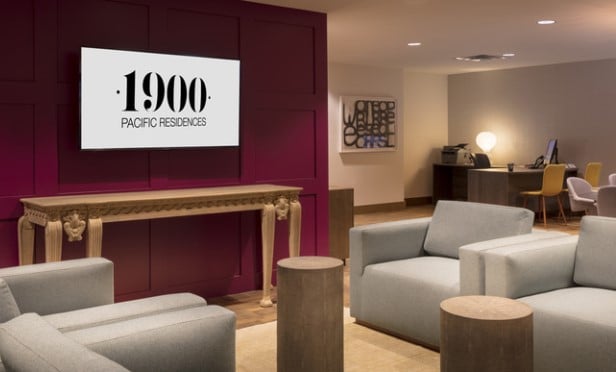
HOUSTON—The US Census Bureau estimates that the 65-plus population will nearly double between 2015 and 2055 to more than 92 million and comprise nearly 23% of the country's total population by that time. The aging US population, pressure for healthcare providers to cut costs and new technologies have boosted demand for medical office properties in recent years, according to CBRE.
The overall US medical office building vacancy rate was 8% in first quarter 2017, down by nearly 300 basis points from first quarter 2010 and significantly below the vacancy rate for the US office market overall (13% in first quarter 2017). The pace of vacancy rate decrease accelerated in recent quarters due to stronger user demand, likely driven by the aging US population and increase in the ranks of the insured. The national vacancy rate decreased by the same amount during the past nine quarters (140 basis points) as during the prior four years, despite a slight increase in new medical office supply during the past few years, says CBRE.
Investment in the US medical office sector increased substantially during the past seven years. Total US investment volume in healthcare buildings of at least 10,000 square feet rose from slightly less than $4 billion in 2010 to $10.2 billion in 2016. Moreover, total investment in 2016 exceeded the prior annual peak of $7.3 billion in 2006, further reflecting increased optimism in medical office and not simply improvement from the recession.
Some of the Houston facilities that sold in the second half of 2017 are Advanced Diagnostics Hospital and Clinic at 12950 East Fwy. selling for $751 per square foot or $17.5 million, 17320 Red Oak MOB with 42,000 square feet, Biolife Plasma at 13320 Richmond Ave. with 14,654 square feet, 1140 Cypress Station MOB with 54,111 square feet, St. Joseph Professional Building at 2000 Crawford with 138,586 square feet, Sugar Land Medical Pavilion with 79,629 square feet, Clear Lake I and II medical office buildings with 132,800 square feet and 11301 Fallbrook MOB with 61,866 square feet, GlobeSt.com learns from Colliers International.
Healthcare providers are facing increasing pressure to reduce costs in the face of uncertain reimbursement rates from both Medicare, Medicaid and private insurance companies, and improve patient outcomes. Adopting new technologies is one method for improving healthcare outcomes, but the upfront capital required means that costs must either increase or be trimmed elsewhere. Several key ways in which healthcare providers are attempting to reduce costs are by relocating services closer to where patients live, utilizing video technology to meet with patients remotely and moving more patient volume away from hospitals–the highest-cost facilities–and into lower-cost outpatient facilities, including medical office buildings and urgent-care facilities.
“The evolution of medical technologies is boosting demand for newer product with the infrastructure capable of handling cutting-edge devices and systems,” said Jim Hayden, executive managing director, healthcare, global workplace solutions, CBRE. “Medical office space that helps providers minimize costs and maximize outcomes, including buildings that support collaboration and can accommodate new technologies that help them achieve these goals, will likely remain in favor.”
Overall asking rents for medical office properties have remained relatively flat for the past seven years, ranging between $22 and $23 per square foot per year. This trend reflects sustained demand for healthcare despite the recession, as well as the relative stability of the medical office tenant base. Specifically, the high cost of tenant build-outs, as well as the importance of proximity to a provider's patient base and ancillary medical services, compels many tenants to remain in place for long periods of time.
“As investor appetite for healthcare-related real estate has grown, medical office buildings have emerged as the most popular property type within the sector,” said Chris Bodnar, executive vice president, healthcare, CBRE Capital Markets. “As yields for traditional real estate asset classes have compressed in recent years, new capital sources–including foreign capital–have entered the medical office sector in search of stability to hedge against any potential correction in the global markets.”
Medical office cap rates have consistently decreased from a high of 8.3% in mid-2010 to nearing 7% last year. On a regional basis, average cap rates have been lowest in the West during the past seven years, below the US average by about 60 basis points. However, the spread between the highest and the lowest regional cap rates remained relatively tight during this period, as industry-wide trends have a similar impact across the various markets.
“Comparatively moderate regional differences are an attractive feature of medical office as an investment class,” said Lee Asher, executive vice president, healthcare, CBRE Capital Markets. “Because there is demand for healthcare everywhere, investors are generally more willing to look outside the primary markets compared with traditional office investment, and this is apparent in pricing metrics.”
© Touchpoint Markets, All Rights Reserved. Request academic re-use from www.copyright.com. All other uses, submit a request to [email protected]. For more inforrmation visit Asset & Logo Licensing.







